🍇 The Terroir of Transformation, Part One
🪩 Happy New Year, Dohnuts! What soil have you been planted in? 🌱
“O sacred solitary empty mornings, tranquil meditation — fruit of book-case and clock-tick, of note-book and arm-chair; golden and rewarding silence, influence of sun-dappled plane-trees, far-off noises of birds and horses, possession beyond price of a few cubic feet of air and an hour of leisure!
This vacuum of peace is the state from which art should proceed, for art is made by the alone for the alone, and now this cerulean atmosphere, which we should all be able to take for granted, has become an unattainable end. The reward of art is not fame or success but intoxication: that is why so many bad artists are unable to give it up.”
—Cyril Connolly, The Unquiet Grave (1944)
via Having and Being Had (2020) by Eula Biss
Yesterday, on the quiet morning of New Year’s Eve while walking to my favorite cafe-adjacent grass field with Ryder, I spotted a small errant pockmarked metal butterfly earring, glinting at me, showing off from the planter mulch, basking in winter sun.1 A butterfly someone lost.
Well, that’s a little on-the-nose metaphor-wise, I said to myself. A close up:
My word for 2025 is BREAKTHROUGH. Wishful thinking mostly, but why not? The butterfly, of course, represents transforming from the crittery crawly caterpillar into a beautiful object of flight, but not before first dissolving into a liquid goo state.
It feels like I’ve been in goo for five years . . . if not crawling like a centipede on dozens of my hands and knees, looking for what’s been lost, while also struggling to fully express my gratitude for the new gifts emerging.
I have been thinking a lot about dirt lately, partly because I play in it twice a day with Ryder, and it’s perpetually under my fingernails.2 Dirt is humbling, grounding, and layered; I have been considering what it means, metaphorically speaking, to mudlark, to look for “gifts in the garbage” from the compost pile of outdated career ideas and iterations.
The thing is, cliché as it may be, the gifts really are in the garbage.
In her 2016 book Emotional Agility, Susan David highlights the “trained incapacity of experts,” who are less observant because of their default mode of inflated confidence.
“Specialists are often the last ones to notice common sense solutions to simple problems,” she writes. “The more familiar we are with a problem, the more likely we are to pull out a prefabricated solution.”
Going through trying times has many benefits, from making us more polite, generous and attentive, to improving our memory:
“One study found that shoppers remembered significantly more information about the interior of a store on cold, gloomy days when they were not feeling so exuberant than they did on sunny and warm days when life felt like a breeze.
Research also shows that when we’re in a not so good mood we are less likely to inadvertently corrupt our memories by incorporating later misleading information.”
It reminds me of something my husband’s friend, a juijitsu black belt, said to him after experiencing a rare competition loss: “You have more fun when you win, but you learn more when you lose.”
He didn’t hang is head, he celebrated. “When you lose, as long as you don’t make excuses,” he continued, “you can marinate in what you did wrong, and study how you can get better.”

I suppose what I am really obsessed with is soil. From our friends at The Spruce, soil teems with life, while dirt is dead. Plants cannot grow in dirt. “Soil is a living ecosystem, while dirt lacks the nutrients and organisms that plants need to thrive.”
Soil is fertile. It may look like nothing during off-seasons—no flourishes or fancy produce—but it is ripe with potential.
March marks five freakin’ years since the pandemic catapulted us each into personalized transformational journeys. I can’t seem to stop splitting my mind and business in two this way, like a tree cleaved by an axe: Before™️ and whatever this still-confusing state is, goo-during-after(math).
We were each delivered sacks of dirt to alchemize into soil. In turn, the soil of these last five years has also been shaping each of us. What we each produce from this soil will be unique, evoking a very particular set of circumstances.
For example, 2020 was a tough year for publishing: with a typical lead time of two to three years from contract to publication, any books that launched (especially non-fiction) immediately contained a major blind spot. The authors had no clue there would soon be an elephant sitting on our heads, so the advice and stories seemed almost quaint in contrast to what we were living.
My library suddenly split in two, too: books from the Before Time versus ones that acknowledged our new reality, all the new ways everything could flip upside down on a dime.
Terroir, a French word for soil or land, has a richer meaning than its translation.3
When referencing food production—such as for wine, whiskey, cheese, chocolate, coffee, olive oil, tea, cider, maple syrup, milk, and honey—it means sense of place, or “the taste imparted into food by its environment; by the synthesis of sun, soil, temperature, and a touch of human tending.”
What is the terroir of your 2024? Of your last five years? What soil have you been planted in? And what is rising from that fertile ground, even if you can’t see it yet?
Continue reading part two, as we dig deeper into the terroir of transformation . . . 4
❤️
P.S. Shortly after scheduling this, I was delighted to encounter two serendipitous surprises on my way home from playing in today’s dirt with Ryder:
. . . while listening to a New Year’s morning podcast episode from titled, “How to Transform Your Frustrations into Fertilizer,” perfectly on time and in theme as part of his January “grounding” series!
Check out his wonderful show, Creative Pep Talk, and the book he mentions in this episode, The Hidden Life of Trees.
New York City planters are notorious for their abundant display of detritus; check out the footnotes of this post for a few examples :)
🍇 It’s pronounced terr-WAHR (rhymes with far). Terroir references factors such as:
Soil (composition, climate, depth and structure)
Climate (macro, micro, meso, temperature, rainfall, humidity)
Topography (altitude, slope, aspect/sun orientation)
Geographic location (near mountains, rivers, forrest, etc.) and wind patterns
Biodiversity
Human influence
Cultural and historical context, and
Temporal factors like vintage variation (yearly differences in weather and climate) and aging potential (how a cheese or wine develops over time).
“The interplay between these elements creates the distinctiveness associated with terroir. For example, a grapevine growing in a region with volcanic soil, a high altitude, and a cool climate will produce wine with vastly different characteristics compared to the same grape variety grown in sandy, low-lying, warm coastal regions.”
🍩 If you enjoyed this post, you might also appreciate:



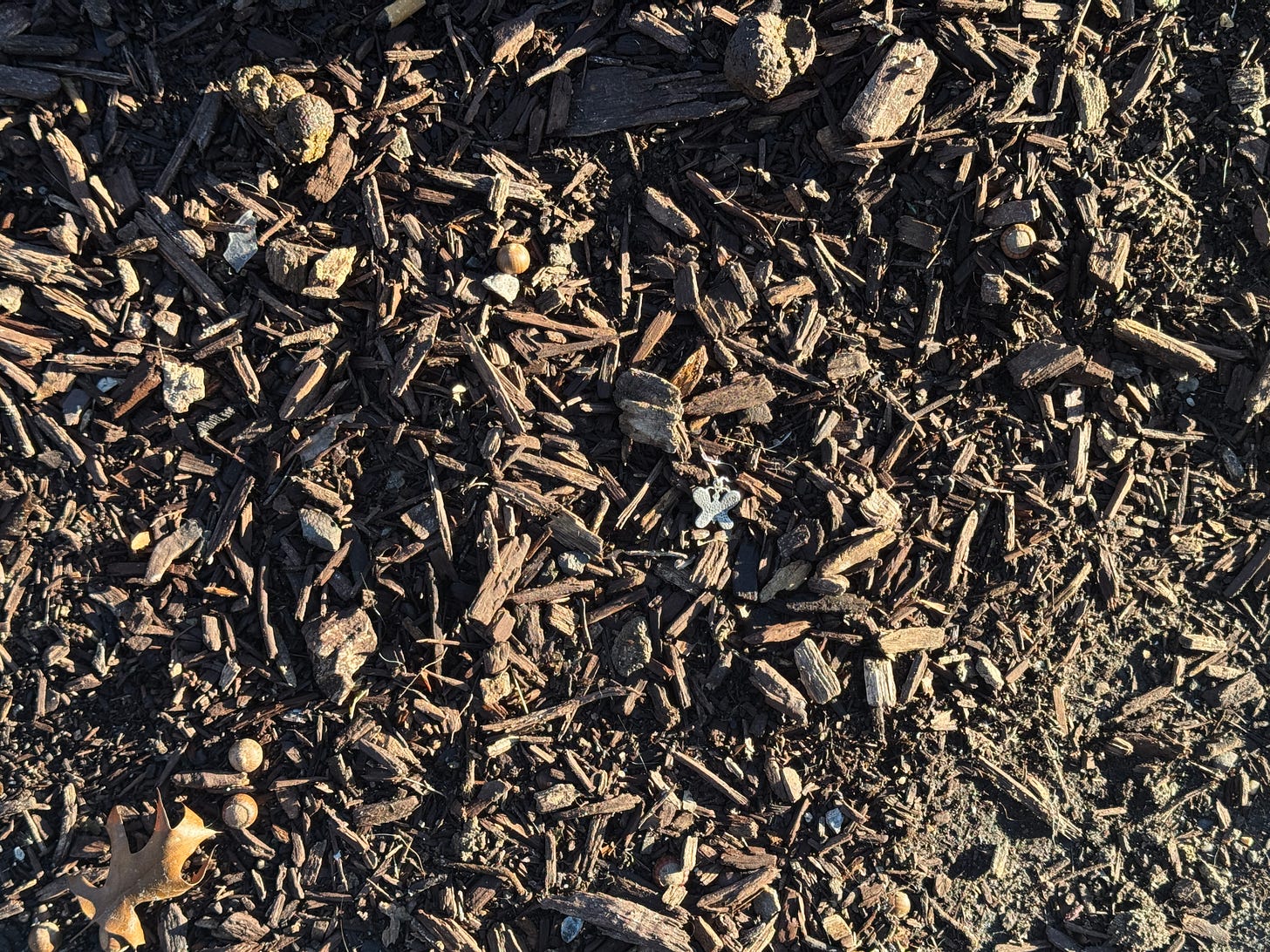
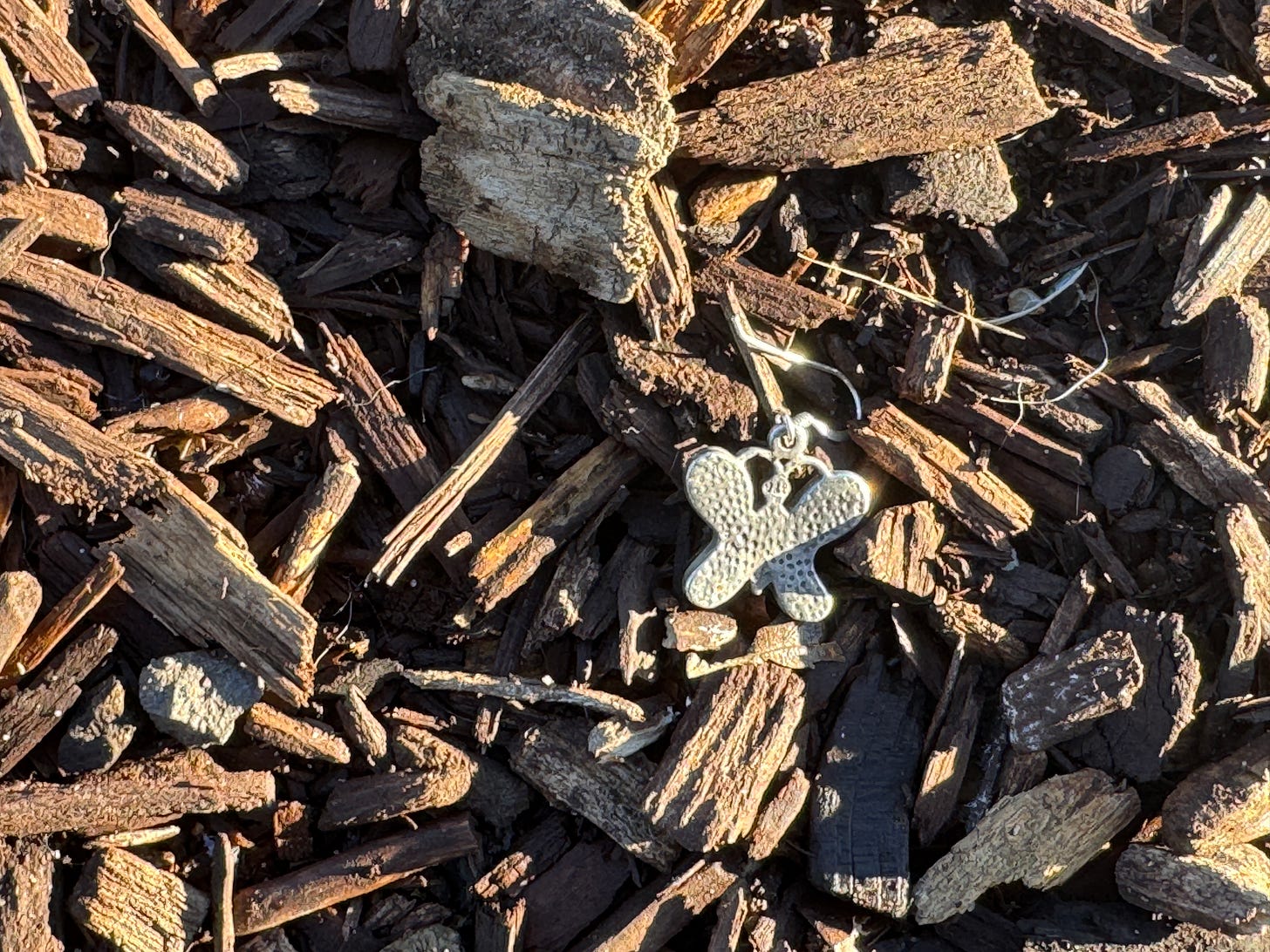



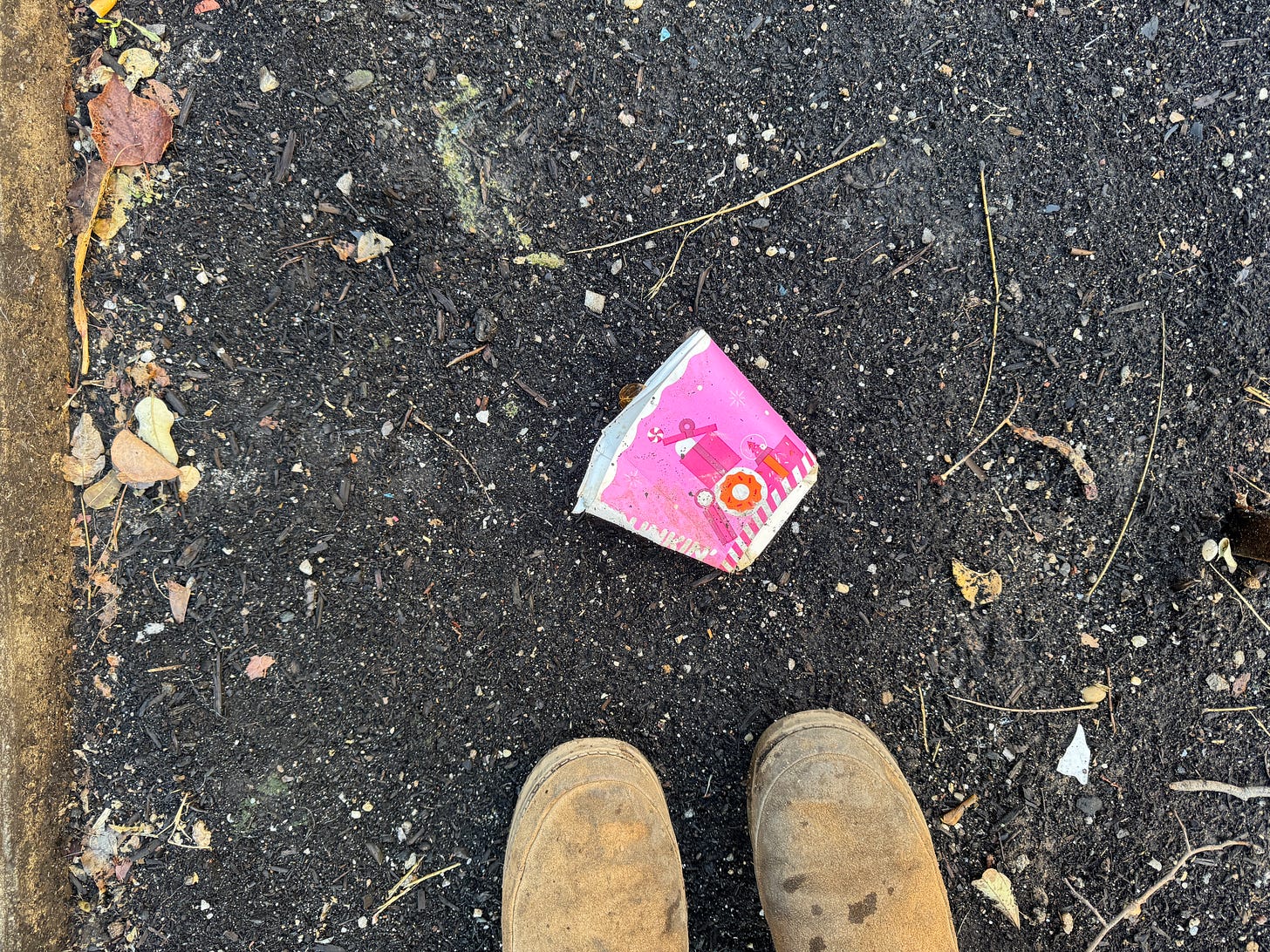
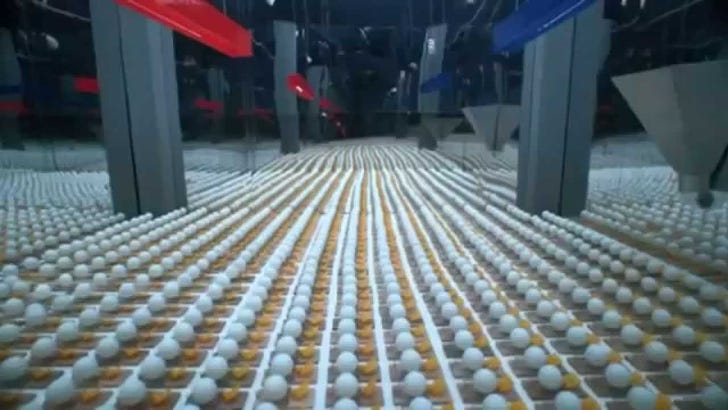
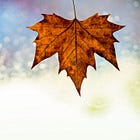





Jenny, happy New Year and thanks for all the amazing writing you are sharing here at the 🍩. Something that crossed my mind when you shared that your word for 2025 is Breakthrough is that you could explore the archetype of the planet Uranus in Astrology because that is the planet of breakthroughs. I have Uranus on the Ascendent and I have explored it quite a bit, happy to recommend resources if you’d like.
Love all those wonderful serendipities you are sharing and the theme of soil and composting too!
Jenny, I think you would like to read “Dirt, the Ecstatic Skin of the Earth” by William Bryant Logan. One of my favorite books. It starts out in front of the Great Portal of the Cathedral of St. John the Divine. We are all stardust, Jenny.